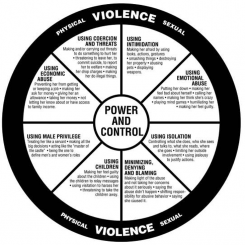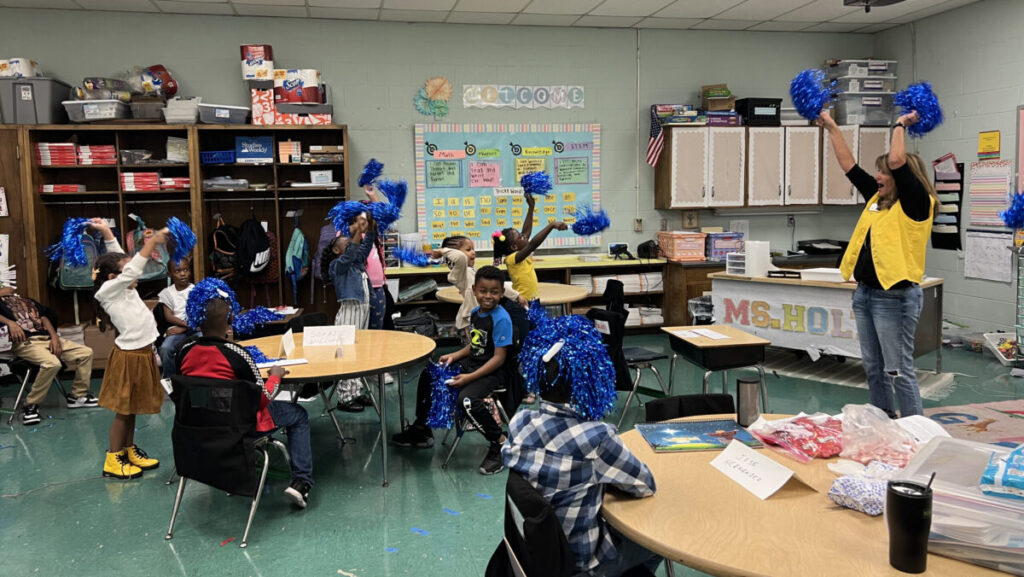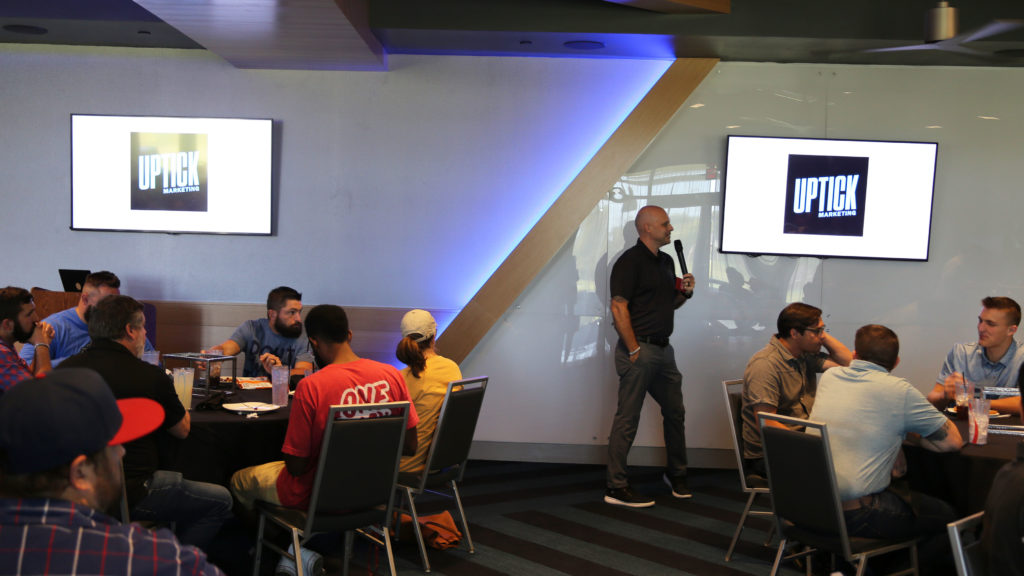As a clinician, I have personally never seen such an honest, raw conversation about the cycle of violence and domestic abuse until the hashtags #WhyIStayed and #WhyILeft recently appeared all over Twitter. After the news broke of NFL player Ray Rice punching his then fiancée people took to all platforms of social media to tell their stories.
Many of those stories had been shrouded in secrecy, covered with deep feelings of shame. These stories illustrated the wide reach of domestic abuse. Time after time, when those hashtags were popping up we saw the cycle of abuse played out in the details described in short, 140-character tweets.
What is the cycle of abuse? By definition, the cycle is a repeated pattern of behaviors by an abuser who begins with a tension-building phase, followed by an explosion phase and then a honeymoon phase. (See “the violence wheel” illustration, this page).
However, the key to understanding any violence cycle is not just looking at the stages themselves but recognizing that a high level of denial dominates the whole cycle. I will often ask people questions about their relationship:
Do you feel you are afraid of making your partner mad?
Do you find yourself being overly anxious when you are around your partner?
Has your partner ever said that his anger or abuse is your fault?
At some level, do you think your behavior could change your partner’s anger?
These questions and many more help me to get a picture of whether or not domestic violence is taking place and to what degree.
Through these questions
I am attempting to help the victim see that these behaviors are neither normal nor acceptable.
Victims will often attempt to de-escalate the tension-building phase by staying silent or making excuses for the abuser.
Often in the explosion phase the abuser blames the victim for the abusive behavior. The victim may believe that the abuse would not have happened if he or she had just done the “right thing.”
Honeymoon phase
All these feelings of shame and guilt are followed by the honeymoon phase where the abuser is attempting to downplay or make up for any abusive behaviors that might have taken place. Through bargaining, begging or threats, the abuser will often convince the victim that the abuse will not happen again. Therefore both the relationship and the cycle of violence continues.
Denial is often the response that keeps those stuck in the cycle from breaking free. The common perception is that denial by the victim or even the perpetrator allows the cycle of violence to continue. Unfortunately the most crippling denial is often that of society.
We do not like the idea that violence cycles take place in the confines of our families, our churches or our neighborhoods, and we downplay or ignore our suspicions. We may have a sense that something is not right, yet we minimize what we see or wish it away. We think to ourselves, “It cannot be that bad” or “It is none of my business” or even “I am sure there is a good explanation for it.”
Silence and denial keep the cycle of violence in motion. Only by shattering the silence and giving voice to those who are hurting can we finally see the cycle begin to break down. We must stand up for those who are being victimized and help them find a way out of the abuse.
So what does breaking the cycle of violence look like?
It starts with the victim being honest about the abuse and telling others what is happening.
Once the abuse is out in the open, physical distance between the victim and abuser is necessary. Those involved need a cooling off period where they can honestly evaluate whether change can really take place in the relationship. It is vital that the victim realize the abusive behaviors, violence and manipulation tactics are not okay. Only with such insight and perspective can the victim make an informed choice about whether to continue in the relationship.
Individuals and family members will need to seek professional counseling to discuss what has happened and to process what led to the violence cycle in the first place. Without a willingness on the part of the abuser to be honest about the situation and its roots, the victim cannot safely return to the relationship. A relationship can heal only when both individuals are willing to seek help and show long-term, sustained changes in the relationship.
Be willing to help
If we want to empower victims then we must be willing to help. We must be willing to help those who want to leave and feel they have no way out. We must help them find their voice to say “enough is enough” and help them put a stop to the cycle of violence.
We cannot allow denial or fear to stand in our way in our families, churches, schools or communities. If we want to see more #WhyILeft on Twitter and less #WhyIStayed, then we must not only educate individuals on what the cycle of violence is but also show them how to break free.






Share with others: